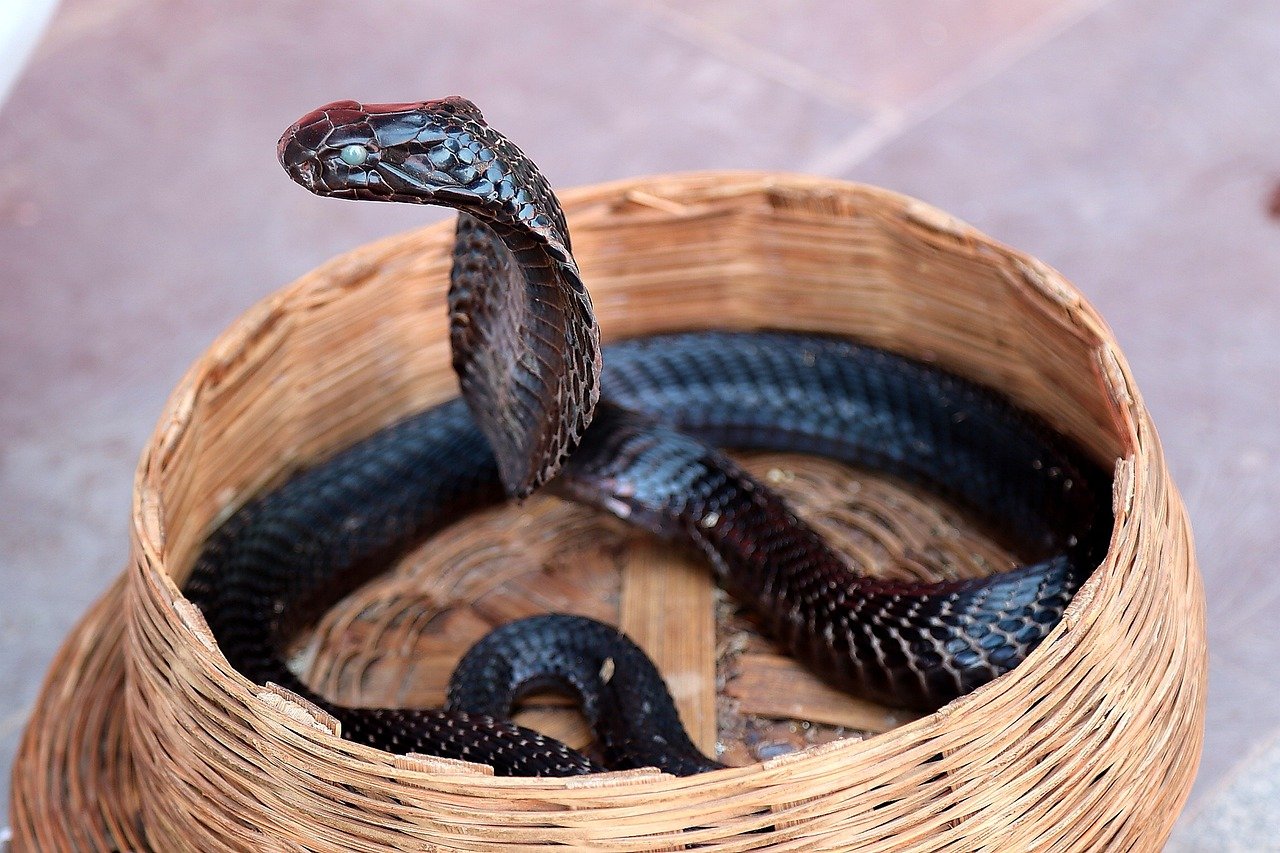Understanding Cobra Snakebites: A Guide to Prevention, Symptoms, and Treatment
Meta Description: Learn everything you need to know about cobra snakebites, including their causes, symptoms, first-aid procedures, and effective treatment options.
Introduction
Cobra chomps, while not quite as normal as a few different snakebites, can be dangerous because of the powerful neurotoxic toxin these snakes have. This top-to-bottom aide investigates cobra science, the risks of their chomps, and pivotal moves to take in the event of an experience. Cobras, with their particular hoods and powerful toxin, have charmed and frightened people for centuries. These famous snakes, belonging to the Elapidae family, are tracked down across different continents, including Africa, Asia, and portions of the Middle East. While not the most well-known venomous snakes, cobra nibbles can be inconceivably hazardous because of their neurotoxic toxin. This thorough guide dives profoundly into the universe of cobras, investigating their science, the complexities of their toxin, and the vital stages to take in the event of a nibble. With a careful comprehension of these captivating yet imposing animals, we can equip ourselves with the information to limit gambles and boost the chances of a fruitful result.Cobra Species and Their Venom
- Variety: There are numerous cobra species worldwide, each with slightly different venom compositions. Some well-known cobras include the spectacled cobra (Indian cobra), king cobra, Egyptian cobra, and spitting cobra.
- Venom Properties: Cobra venom primarily targets the nervous system, causing progressive paralysis and potentially respiratory failure. It may also contain cytotoxins that damage tissues and hemotoxins that affect blood clotting.
Signs and Symptoms of Cobra Bites
Immediate local symptoms may include:
- Pain
- Swelling
- Redness
- Fang marks (two puncture wounds)
As the venom spreads, systemic effects can develop rapidly, including:
- Ptosis (drooping eyelid)
- Difficulty swallowing and speaking
- Dizziness
- Nausea and vomiting
- Numbness and tingling around the bite site
- Progressive paralysis affecting limbs and muscles
- Difficulty breathing (respiratory failure in severe cases)
Preventing Cobra Bites
- Habitat Awareness: Be cautious in areas known to harbor cobras, especially during their active periods (dusk and dawn).
- Footwear: Wear sturdy shoes or boots when exploring potential cobra habitats.
- Leave Snakes Alone: Never attempt to handle or provoke a cobra. If you see one, slowly back away and give it space.
- Snakebite Kits (Optional): Consider carrying a snakebite kit if you’re frequently in high-risk areas. However, proper first aid and immediate medical attention are always paramount.
First Aid for Cobra Bites
Immediate Actions:
- Stay calm. Panic can worsen the situation.
- Remove the Victim from Danger: If possible, carefully move the victim away from the snake to prevent further bites.
- Call Emergency Services Immediately: Dial emergency services or get the victim to a medical facility as soon as possible. Time is critical in cobra bite cases.
- Keep the Victim Still: Minimize movement to slow the spread of venom.
- Reassure the victim: Provide comfort and emotional support while waiting for medical help.
What Not to Do:
- Do not apply ice or a tourniquet.
- Try not to endeavor to suck out the toxin.
- Try not to give the casualty anything to eat or drink.
- Do not delay medical attention.
Treatment for Cobra Bites
Antivenin, a specific antidote that neutralizes cobra venom, is the mainstay of treatment. It’s most effective when administered promptly. Additional supportive measures may include:
- Respiratory support (if breathing difficulty occurs)
- Pain medication
- Tetanus shot
- Wound care and monitoring for infection
Recovery from Cobra Bites
Recovery time depends on the severity of the envenomation and the promptness of treatment. Some people may experience long-term effects, like nerve damage or weakness.
Conclusion
Cobra bites are serious medical emergencies. By understanding cobra behavior, recognizing the signs and symptoms, and knowing the appropriate first-aid steps, you can increase your chances of a successful outcome. Remember, prevention is always the best defense. Stay vigilant in cobra-inhabited areas and prioritize immediate medical attention in case of a bite.
Additional SEO Optimization Tips
- Target Relevant Keywords: Consider including long-tail keywords like “cobra bite symptoms,” “cobra bite treatment Pakistan,” or “king cobra venom effects.”
- Optimize Content Structure: Break down the content into clear headings and subheadings for readability.
- High-Quality Images: Include well-captioned images of cobras (without close-ups of bites) to enhance visual interest.
- Internal Linking: Link to relevant pages on your website that discuss snakebite prevention or first aid in general.
- Mobile-Friendly Design: Ensure your webpage is optimized for mobile devices, as many people search using smartphones.
By following these guidelines and providing valuable, informative content, you can create a well-optimized and informative resource about cobra snakebites.


